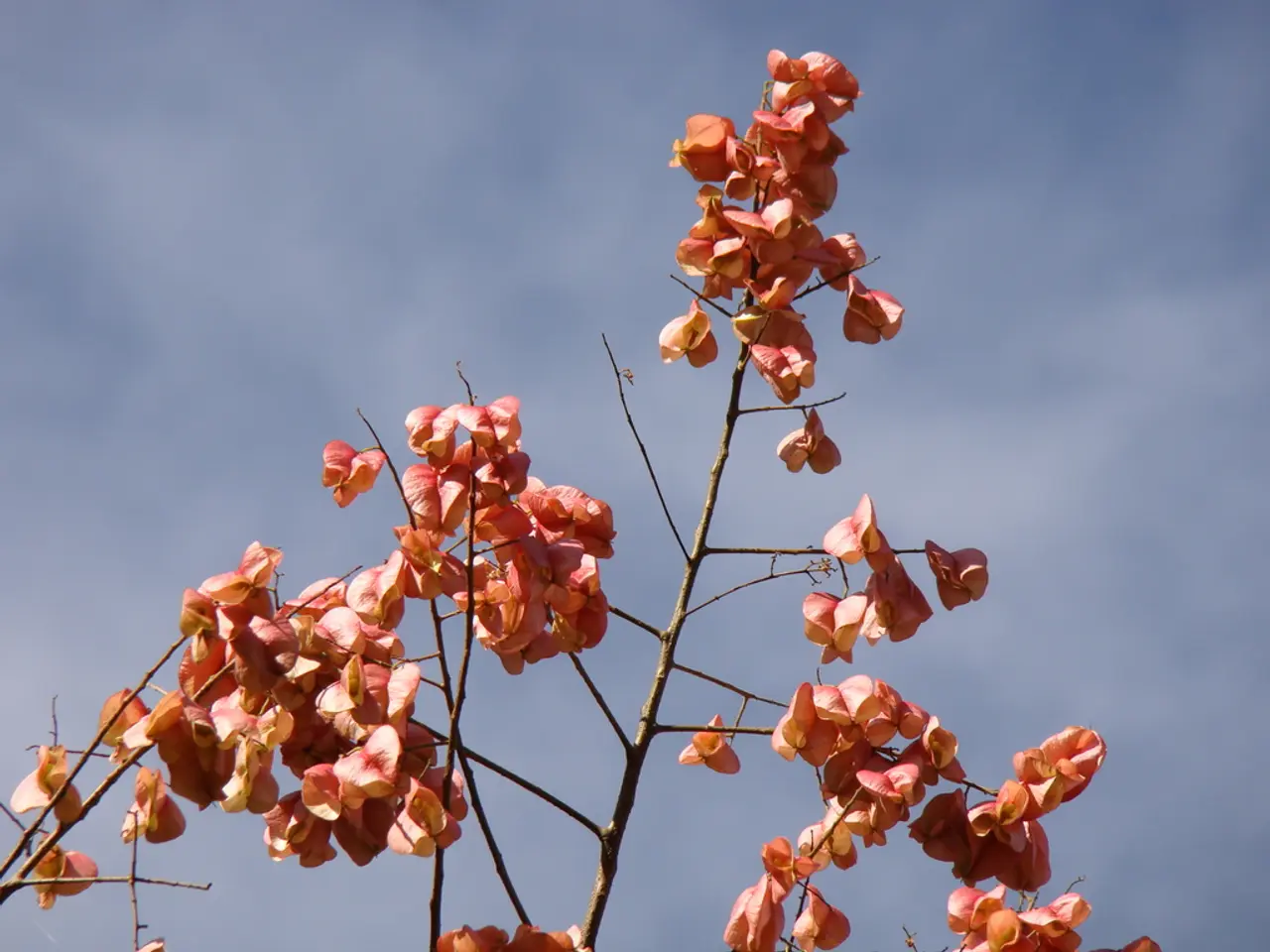strugglingwith a Peace Lily that won't bloom? Here are some expert tips to encourage more flowers
Encouraging Your Peace Lily to Bloom Again Indoors
The peace lily, a popular houseplant known for its striking creamy white spathe and spadix, can bring a touch of tropical beauty to any indoor space. However, getting this plant to bloom again can be a challenge for many plant parents. Here are some tips to help you encourage your peace lily to bloom again.
Firstly, it's essential to provide your peace lily with bright, indirect light. While the plant can survive in low light, it generally will not bloom without sufficient bright indirect light, such as near an east-, south-, or north-facing window. Avoid direct sunlight to prevent leaf burn.
Maintaining consistent moisture is also crucial. The soil should be kept consistently moist but not soggy. To increase humidity, you can mist the leaves daily or place the container on a saucer filled with pebbles and water. Proper drainage is essential to avoid root rot.
Avoid letting the soil dry out completely, as this stresses the plant and interferes with blooming. Peace lilies are not heavy feeders, but an application of balanced fertilizer every 6 to 8 weeks during the growing season can increase the chance of a bloom.
Other tips include gradually moving the peace lily to a brighter spot with indirect light, giving the plant a brief dark period to simulate dormancy, and ensuring the pot has drainage holes and using well-draining, moisture-retentive soil that mimics their natural forest-floor environment.
In a commercial setting, peace lilies are grown in carefully controlled environments to ensure flowering. These plants are treated with gibberellic acid, a plant hormone, to induce blooming, which occurs around 70 days after treatment. Peace lilies generally bloom in mid-spring, around April, and the flower can last over a month.
Peace lilies may produce blooms once the growing season begins and occasionally in early fall. Exacting conditions are required to generate more than one flower per year, mimicking the tropical forests of Columbia and Venezuela. If the spathe fades and is cut away, the peace lily may not bloom again in indoor home conditions. Structured changes to the environment or growing the plant in a controlled area can force it to flower.
Peace lilies are short-day response plants, forming buds in the cooler season and blooming when days become longer. They thrive in low-light situations and are often used for indoor office decor. Removing spent flowers encourages peace lilies to rebloom.
By following these care basics, especially balanced moisture and adequate bright indirect light, you can increase the chances for your peace lily to bloom again indoors. Happy plant parenting!
[1] Peace Lilies: A Guide to Growing Spathiphyllum, https://www.gardeningknowhow.com/ornamental/houseplants/spathiphyllum/peace-lilies-a-guide-to-growing-spathiphyllum.htm
[2] How to Make a Peace Lily Bloom, https://www.thespruce.com/how-to-make-a-peace-lily-bloom-1421910
To promote the blooming of your peace lily indoors, consider strategically placing it in a home-and-garden setting with indirect sunlight, such as near an east-, south-, or north-facing window. Maintaining a home-improvement routine that includes regularly checking soil moisture and providing proper drainage can also encourage your peace lily to bloom again.




